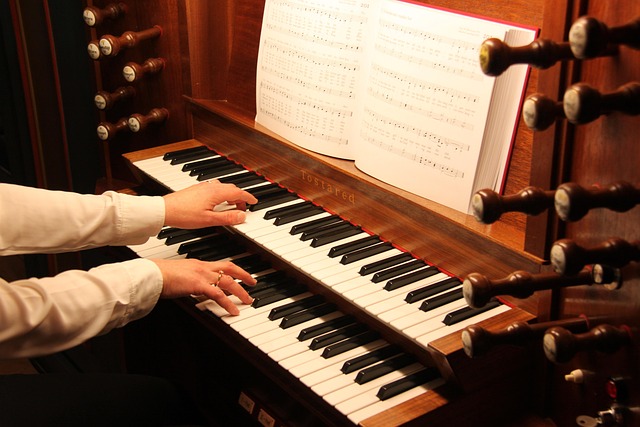In Search of Sacred Cantors: Embracing Tradition in Religious Practice
In the realm of religious practice, the presence of a cantor holds profound significance. These skilled individuals are not merely singers; they are the custodians of a rich tradition that connects the present with the past, bridging generations through the power of music and prayer. Their voices rise like sacred flames, kindling the spirit of worship while inviting the faithful to partake in a shared experience of reverence.
The role of a cantor transcends the act of singing; it embodies a deep commitment to the community. As stewards of the sacred texts, they guide congregations through the rituals of worship, ensuring that the timeless echoes of prayers resonate in the hearts of all who gather. In a world that often seems to undervalue traditional practices, the presence of a dedicated cantor reminds us of the importance of maintaining connections to our roots.
Each note sung and each prayer chanted carries the weight of history and emotion. Cantors are like living libraries of liturgical songs and profound meanings, often drawing from a well of traditions that span centuries. They embody the voices of those who have come before us, channeling their wisdom and love through the music that inspires our spiritual journeys.
Embracing the role of a cantor in our spiritual practices can ignite a sense of belonging. As community members gather, the familiar tunes awaken memories of past celebrations, connecting individuals through shared experiences. The cantor becomes a guide, helping the congregation navigate the ebb and flow of worship, fostering a sense of unity and purpose. In those moments, the sacred space transforms, enveloping all present in a musical embrace that transcends the mundane.
Yet, the search for sacred cantors in modern religious contexts can be daunting. As congregations evolve, the voices of tradition may be overshadowed by contemporary influences. However, the yearning for authenticity remains steadfast among many communities. The desire to reclaim the essence of worship through chant and song is a powerful force, one that is leading to a revival of interest in the cantor’s role.
This revival not only honors the traditions of the past but also inspires a new generation of cantors to step into these sacred roles. It beckons those with a passion for music and a love for their faith to engage in this ancient practice, breathing new life into the timeless melodies that have been passed down. Each cantor brings their unique flavor, enriching the tapestry of worship while staying grounded in the essence of religious tradition.
In our quest for meaning and significance, we may find that the cantor is not only a figure of tradition but also a beacon of hope. They remind us that the melodies of our faith transcend mere notes; they are channels for connection, reflection, and soulful expression. As we look towards the future, may we embrace the rich legacy of cantors and the vital role they play in our spiritual landscapes. Together, we can nurture and uplift these traditions, ensuring that the sacred songs continue to resonate for generations to come.




